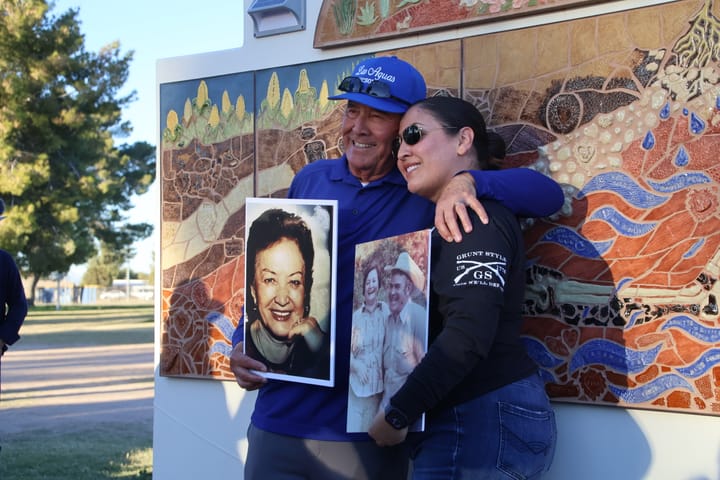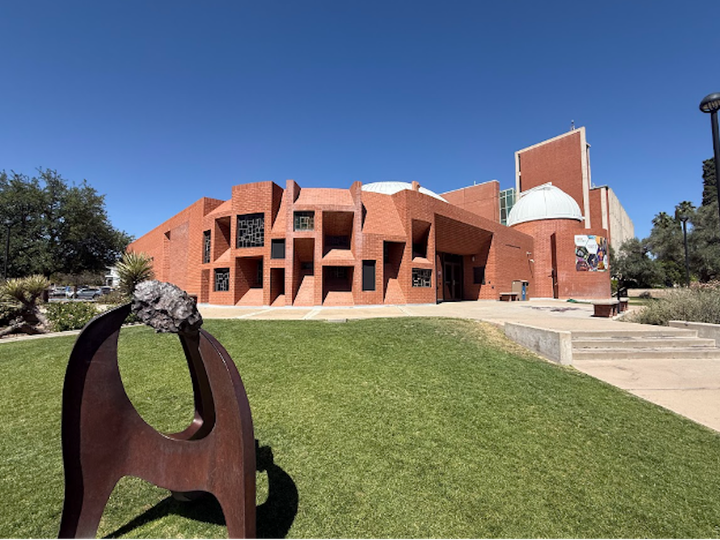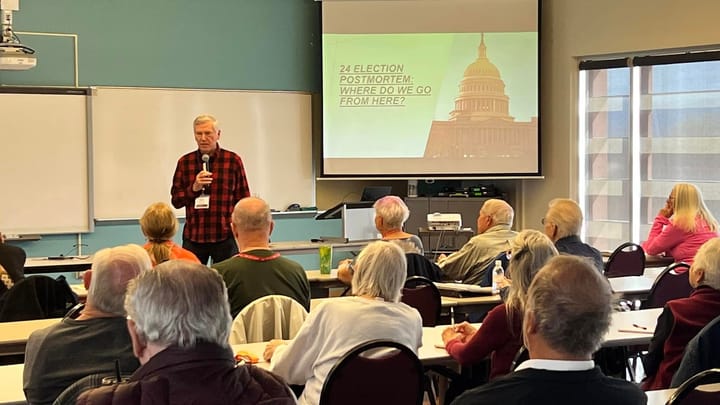Somos Tucson aims to revive Spanish news
After the closure of La Estrella de Tucson, the city’s only Spanish-language newspaper, former editor Liliana Lopez Ruelas is launching Somos Tucson to restore local news access for Spanish-speaking residents.
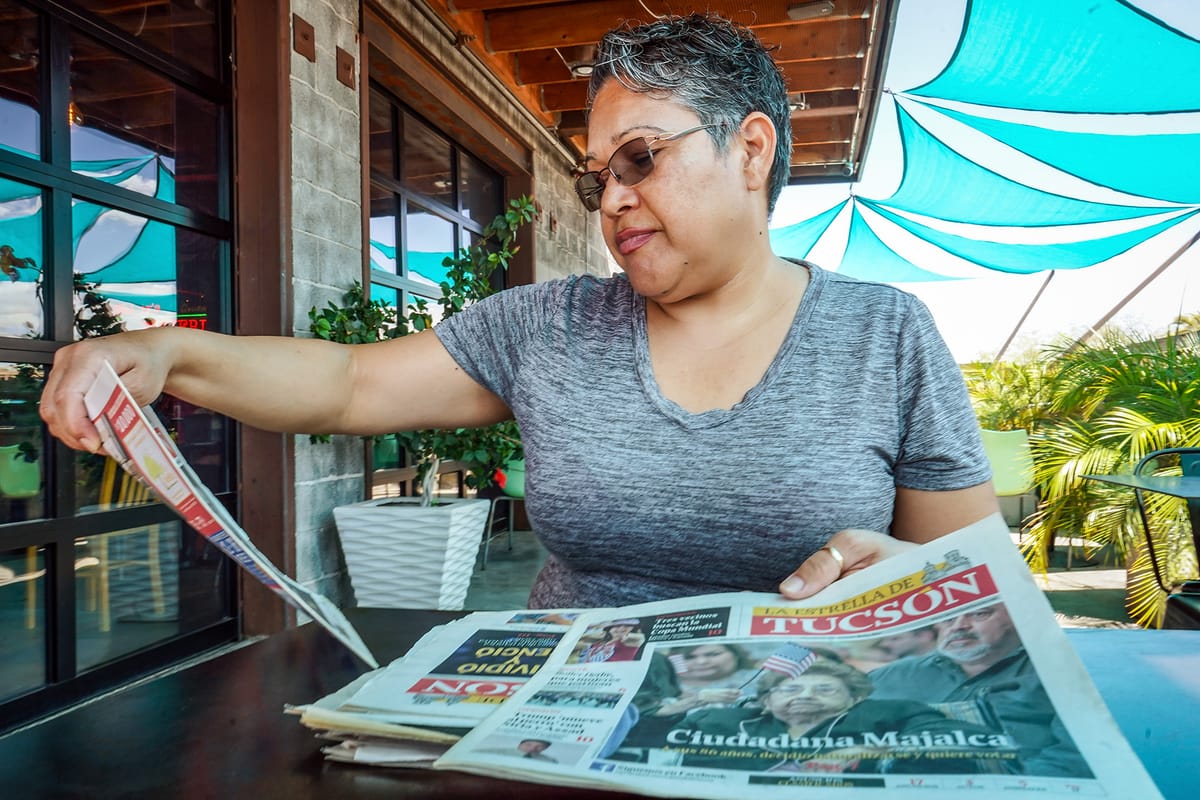
Blanca Carillo remembers seeing La Estrella de Tucson newspapers nearly everywhere she went: in grocery stores, libraries, and community centers. She wasn’t an avid reader of the paper, but she would occasionally pick up a copy.
Then one day, La Estrella disappeared.
On April 25, 2023, in a city where about a quarter of its residents speak Spanish, Lee Enterprises’ layoff of the outlet’s three-person team marked the end of the region’s only Spanish-language newspaper.
In an era where the newspaper industry has severely contracted, the death of La Estrella meant yet another community lost access to an outlet to local information.
Two years later, Liliana Lopez Ruelas, the last editor of La Estrella, plans to bring back news in Spanish.
This August, Lopez Ruelas will launch Somos Tucson as the first Spanish-language media startup in Tucson owned and operated by Latinos. Although Somos Tucson won’t print a newspaper like La Estrella, the online news website will focus on community stories and resources — a role the defunct paper once filled.
Lopez Ruelas, who worked 16 years at La Estrella, said the need for Spanish-speaking residents to get reliable information for and about their community is greater than ever during the Trump administration.
“The rules of the game are changing from one day to the next. People are literally feeling threatened or in danger of separation, of deportation,” said Lopez Ruelas. “There’s a great need for accurate and professional information so they can make the best decisions. With less access to Spanish-language media and fewer reliable sources, it’s easier for us to be confused and easier for us to assume something that isn’t true.”

Tucson’s shifting Spanish-language media landscape
La Estrella was the Spanish-sister newspaper of the Arizona Daily Star, Southern Arizona’s largest newspaper that published a weekly eight-page newspaper on Wednesdays.
The publication’s closure is part of a trend of news outlets shutting down operations and creating so-called news deserts, where information about their local community is scarce. Over a third of news publications have closed since 2005, according to a 2024 Medill Local News Initiative at Northwestern University report. Nationally, “Hispanic Centers,” places where Hispanics make up a large part of the population, make up 13% of news deserts.
According to the report, the closing of publications creates a gap in information about issues that most directly affect people: community events, transportation, emergencies, health, local government, politics, and elections.
“For organizations that also provide news in Spanish, it’s even more important because they help communities embedded in a place where English is the dominant language,” Lourdes Cueva Chacón, an assistant professor at San Diego State University who studies the Spanish media landscape. “They help them not only understand what’s happening, but they also help them become active members of a community by being informed.”
Tucson residents can still get some information from a mix of traditional and digital outlets. However, Spanish broadcast networks like Phoenix’s Telemundo and Univision only have bureaus based in Tucson. Some magazines occasionally publish stories or columns in Spanish, though their primary role is as advertisers.
A growing number of locally owned and independently operated digital newsrooms are beginning to publish some stories in Spanish, such as Tucson Spotlight’s and its Spanish-language publication El Foco de Tucson.
But the content isn’t the same as what La Estrella provided.
Carillo said she liked to pick up a copy to keep track of events, information about her rights, and other educational content. This is information that newer and regional publications don’t fully provide for the Hispanic community.
Carillo also liked the recipes section.
“And it had good stories,” Carillo said.
Strengthening community through information
La Estrella has faded from the memory of a lot of the Hispanic community.
At grocery stores, where the publication could be easily grabbed, only some residents faintly remember La Estrella.
“It was really popular with the immigrants, because a lot of them can’t read English (and) it was in Spanish,” said Tony Garcia, who’s been a cashier at Food City for 20 years. “If we ran out of them, we would send them to Circle K because they had Estrella, too.”
When Lopez Ruelas was laid off, she saw it as her moment to take on a new endeavor. Initially the idea was a guidebook for Latina business owners, but as she entered a master’s program for bilingual journalism at the University of Arizona, the idea began to shift and mold into Somos Tucson.
“The timing was right because I prepared myself by taking those classes,” Lopez Ruelas said. “I prepared myself by staying in touch with the community and asking every time I had the opportunity to talk to someone in the community.”
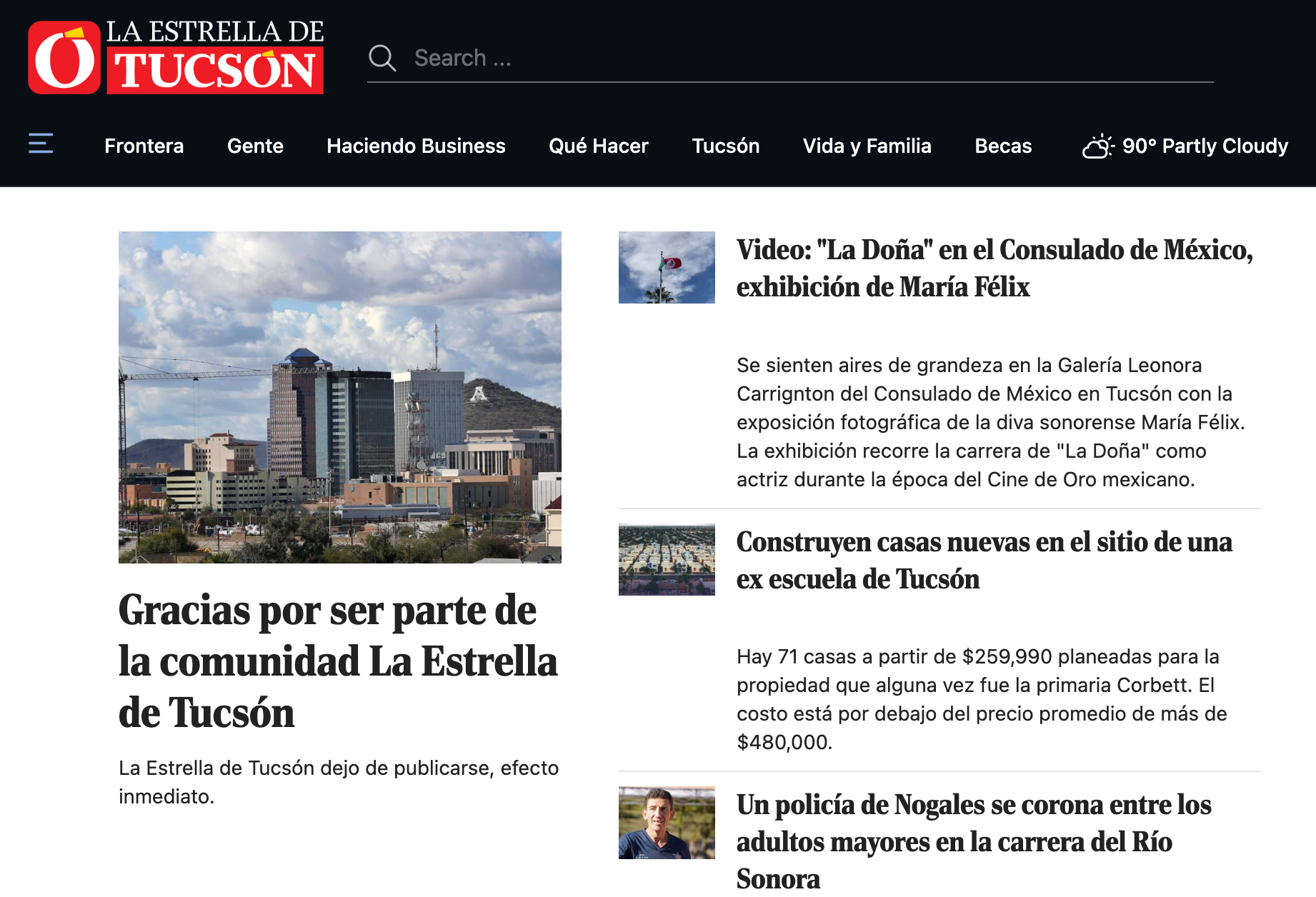
Carillo immigrated to Tucson in 2004 and started a churro business using a recipe passed down from her husband’s family.
Her husband has also been how she gets her news since La Estrella stopped publishing. He’s her “filter.” But when asked where her husband got his news, Carillo could not name a website, though she said it was probably from Facebook.
And there is plenty of misinformation. Recently, screenshots of a social media post circulated through the Tucson community alleging that Immigration and Customs Enforcement officers would be at the Tanque Verde Swap Meet, a flea market frequented by Latino families. No such reports were verified.
“To be honest, I try not to get too informed because there’s so much sensationalism, and instead of really informing people, it just makes them panic. So I try not to know too much,” Carillo said.
Lopez Ruelas said residents like Carillo need a trusted source of information. She has over a decade of experience as a leader in the Hispanic community and said access to news that is relevant to the immigrant community helps them take ownership in their local community.
“Somos Tucson aims to foster a sense of belonging … I would like to see more Hispanic people in downtown Tucson, at major festivals, or at the Book Festival,” Lopez Ruelas said. “We need to go out and take ownership of our city because it’s our city now. We work here, we live here, and we pay taxes here, so we have to organize ourselves.”
This story was first published by The Latino Reporter, a news website sponsored by the National Association of Hispanic Journalists that features journalism produced by student members.
Susan Barnett is Deputy Editor of Tucson Spotlight and a University of Arizona alum. Contact her at susan@tucsonspotlight.org.
Tucson Spotlight is a community-based newsroom that provides paid opportunities for students and rising journalists in Southern Arizona. Please consider supporting our work with a tax-deductible donation.

